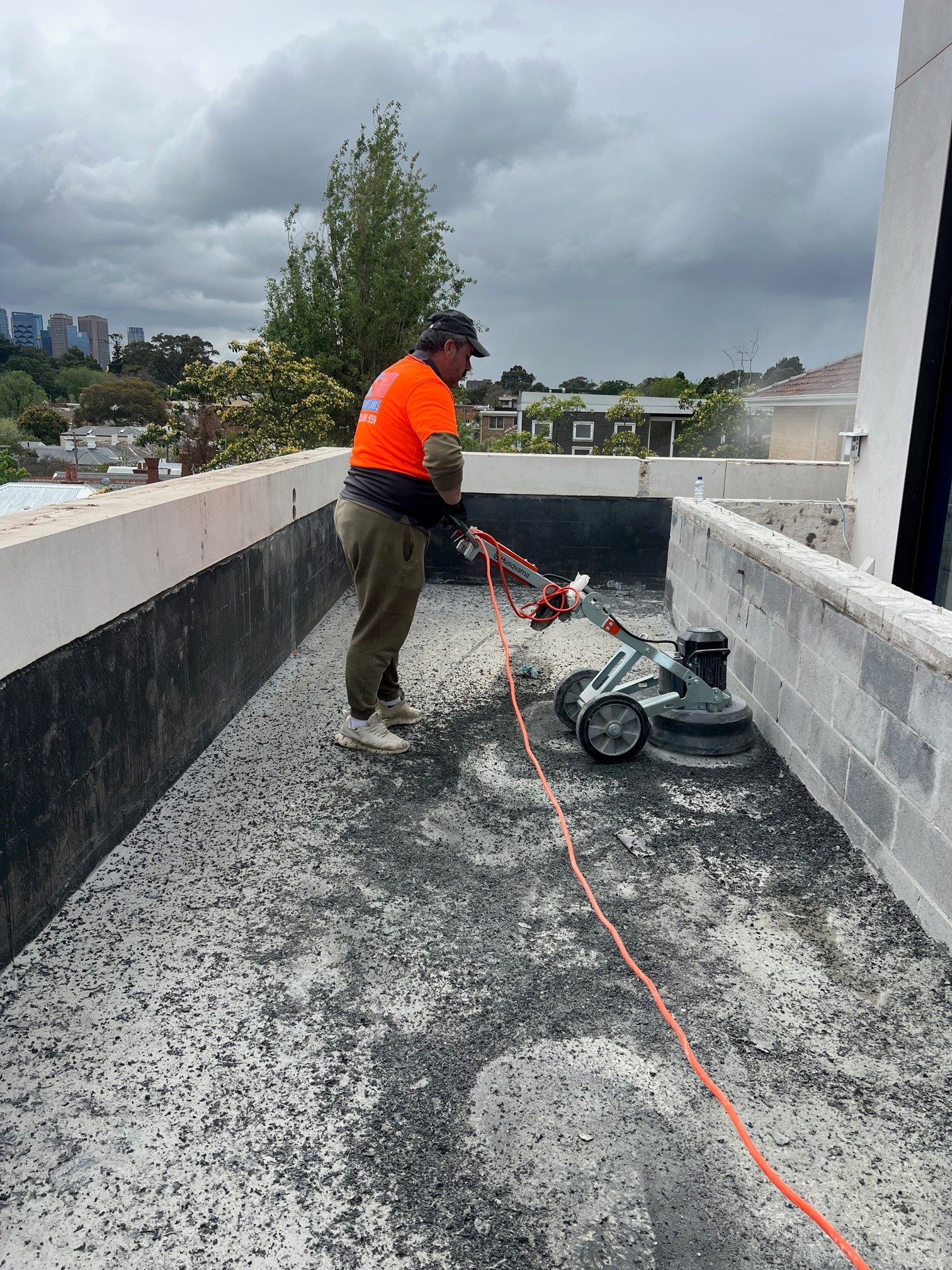When renovating your outdoor space, planter boxes offer a multipurpose solution. However, to ensure endurance and prevent water damage, it’s vital to understand the role of planter box membranes. In this guide, you’ll discover the ins and outs of these membranes, allowing you to make informed decisions for a flourishing garden.
1. Understanding the Determination
Remember that membranes serve as protective barriers as you embark on your planter box journey. They shield your planter box from excess moisture, preventing soil erosion and wood rot. You ensure the durability of your planter box, allowing it to withstand various weather conditions by installing a high-quality membrane.
2. Types of Planter Box Membranes
You can explore the options available for planter box membranes as multiple choices range from rubber to asphalt membranes. You must also consider your specific needs along with climate and budget when selecting the most suitable material. Your decision here will significantly impact your planter box’s overall performance and durability.
3. Installation Process
Now, let’s delve into the practical aspect. Remember to carefully follow the installation guidelines provided with your chosen membrane. Ensure proper sealing and overlap to create a watertight barrier. Take your time during this phase, as precision here guarantees the effectiveness of the membrane in safeguarding your planter box.
4. Waterproofing Techniques
Your planter box membrane should offer robust waterproofing. Consider additional techniques like applying a waterproofing agent or using a double-layered membrane for added protection. This extra step ensures that your planter box remains water-resistant, preventing leaks and potential damage to surrounding structures.
5. Maintenance Tips
Regular maintenance is vital in increasing the life of your planter box membrane. You can inspect it for any wear or damage and punctually address problems. Clean the surface to remove rubble, preventing clogs and ensuring proper drainage. Remember, a well-maintained membrane subsidizes your plants’ health and your planter box’s endurance.
6. Compatibility with Plant Choices
It would be best if you considered the types of plants you want to grow in your planter box. Some plants have specific moisture requirements, and your choice of membrane should align with these needs. This thoughtful consideration enhances your plants’ overall health and vibrancy, ensuring a thriving garden space.
7. Environmental Effect
In your journey to create a maintainable outdoor haven, be watchful of the environmental impact of your choices. You can opt for eco-friendly membranes that are recyclable or made from supportable materials. This careful decision not only aids the environment but also aligns with the broader goal of creating a green and responsible living space.
8. Troubleshooting Common Problems
No project is without its challenges. So, familiarize yourself with potential problems like membrane punctures or poor sealing. Knowing how to report these problems punctually will save you from larger headaches. Your practical approach ensures your planter box’s continued functionality and plants’ well-being.
In a Nutshell
As you create your planter box haven, remember that a well-protected and maintained membrane is the foundation for a flourishing garden. You ensure the longevity of both your planter box and the vibrant greenery it houses by selecting the suitable planter box membranes. Your thoughtful approach guarantees a resilient and sustainable outdoor space for years.



